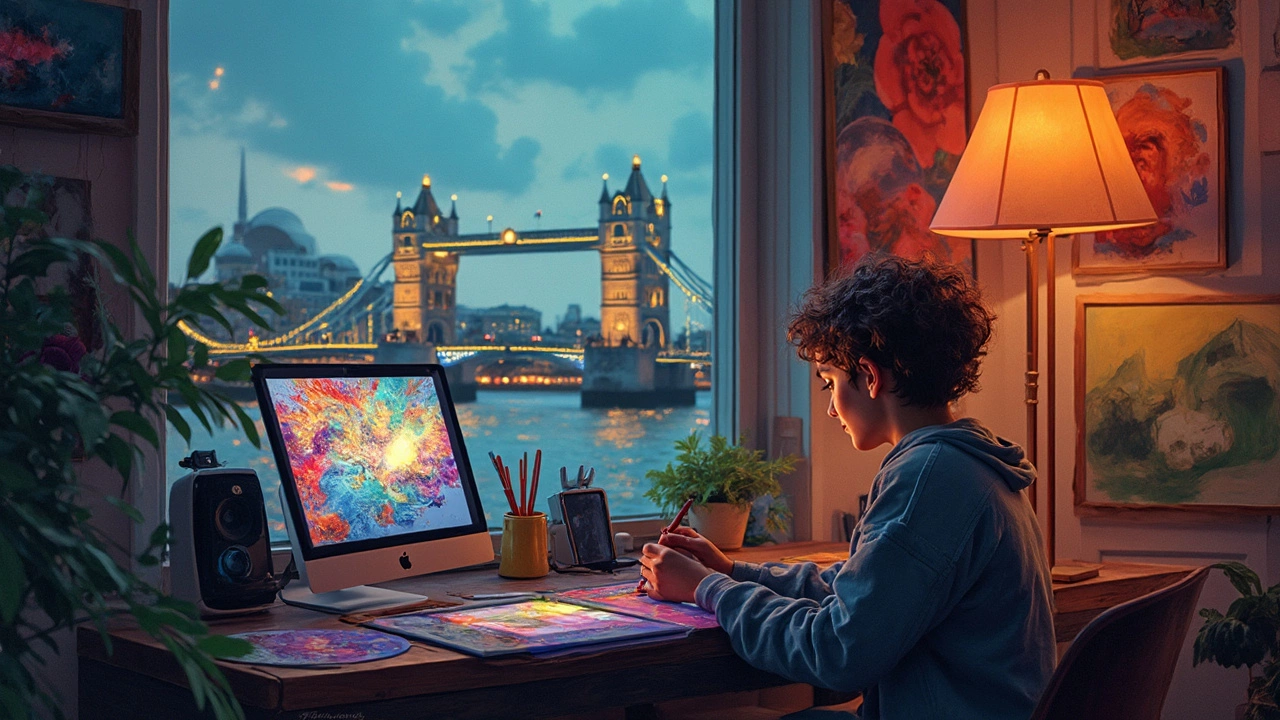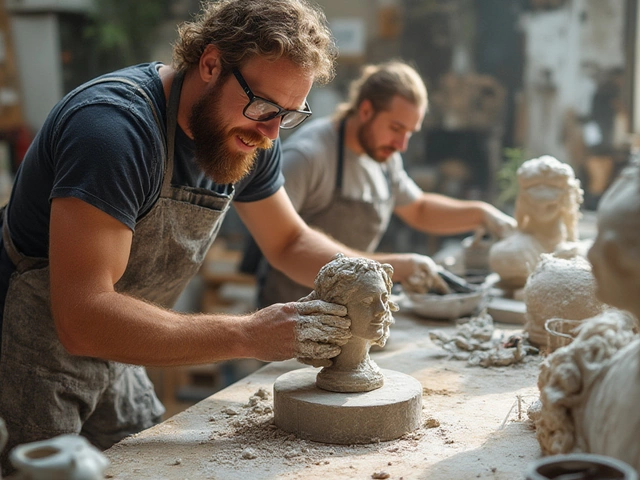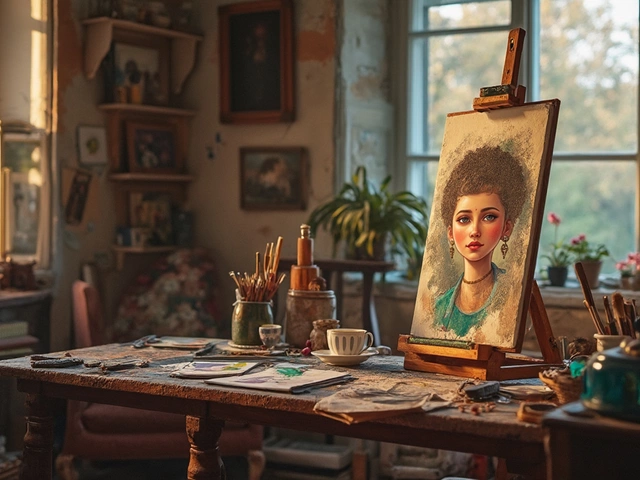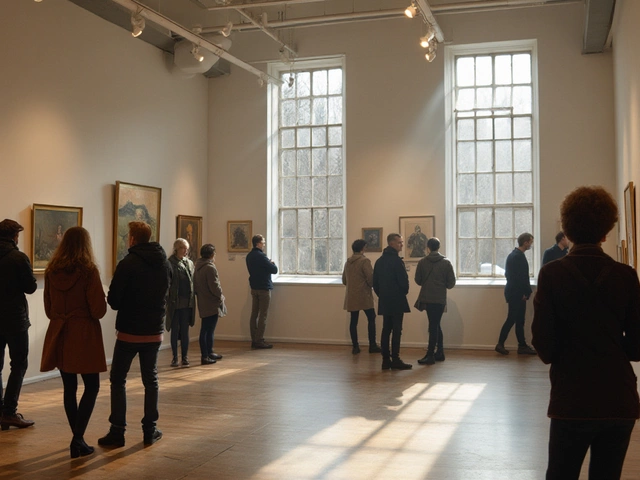Art Software: Essential Tools, Tips & Trends for Digital Creators
When talking about art software, programs that let artists create, edit, and share visual work on computers or tablets. Also known as digital art tools, it powers everything from quick sketches to complex NFTs. Below we’ll see how digital art, the practice of making artwork using electronic devices and image conversion software, apps that turn photos or scans into stylized digital pieces fit together.
Digital art isn’t just a hobby; it’s a full‑blown economy. Artists use NFT platforms, blockchain services where each piece gets a unique token for sale to monetize creations, while stock‑image sites let creators earn per download. This mix of creativity and commerce means the right software can boost both quality and income. If you can sketch in Procreate, then export to Photoshop for fine‑tuning, you’ve already linked two major tools in the workflow.
Why Choosing the Right Software Matters
Every piece starts with a canvas, but the canvas you pick determines speed, flexibility, and final look. Image editing apps, programs like GIMP, Affinity Photo, or Photoshop that manipulate pixels and layers give you control over color grading, textures, and effects. Meanwhile, vector‑focused tools such as Illustrator let you scale artwork without loss, perfect for logos or merch designs. When you need to turn a hand‑drawn sketch into a polished digital illustration, conversion utilities—like Clip Studio Paint’s auto‑lineart or dedicated AI upscalers—save hours.
For creators eyeing the NFT market, having software that integrates directly with minting services is a game‑changer. Some platforms embed export presets that embed metadata, ensuring each token carries the right provenance. Similarly, online art marketplaces like Etsy or Society6 often require specific file formats and resolutions; a good workflow includes a step that checks these specs before upload.
Beyond the tools themselves, the ecosystem matters. Subscription models (Adobe Creative Cloud, Corel Painter) give you constant updates, but one‑time purchases (Affinity Suite) can be cheaper in the long run. Open‑source options (Krita, Inkscape) provide powerful features without a price tag, ideal for students or hobbyists. Picking the right licensing model aligns your budget with your creative goals.
Looking ahead, AI‑driven generators are reshaping what art software can do. Tools that suggest color palettes, auto‑fill backgrounds, or even produce whole compositions from text prompts are becoming mainstream. Pairing a traditional raster editor with an AI assistant can cut down the time from concept to final piece dramatically.
All these pieces—digital art fundamentals, image conversion tricks, NFT integration, marketplace prep, and emerging AI features—form a connected web. Understanding how each node works helps you build a smoother pipeline, whether you’re a beginner polishing your first portrait or a seasoned pro launching a limited‑edition collection. Below you’ll find a curated set of articles that dive deeper into each of these topics, offering step‑by‑step guides, real‑world case studies, and actionable tips you can apply right away.

Starting your journey in digital art can be both exciting and daunting. This guide provides essential tips and facts about the digital art world, from selecting the right tools to honing your skills. Discover how to tap into your creativity and bring your artistic visions to life through pixels and digital brushes. With the right approach, anyone can create stunning digital art. Explore these foundational steps to start creating your own digital masterpieces.





